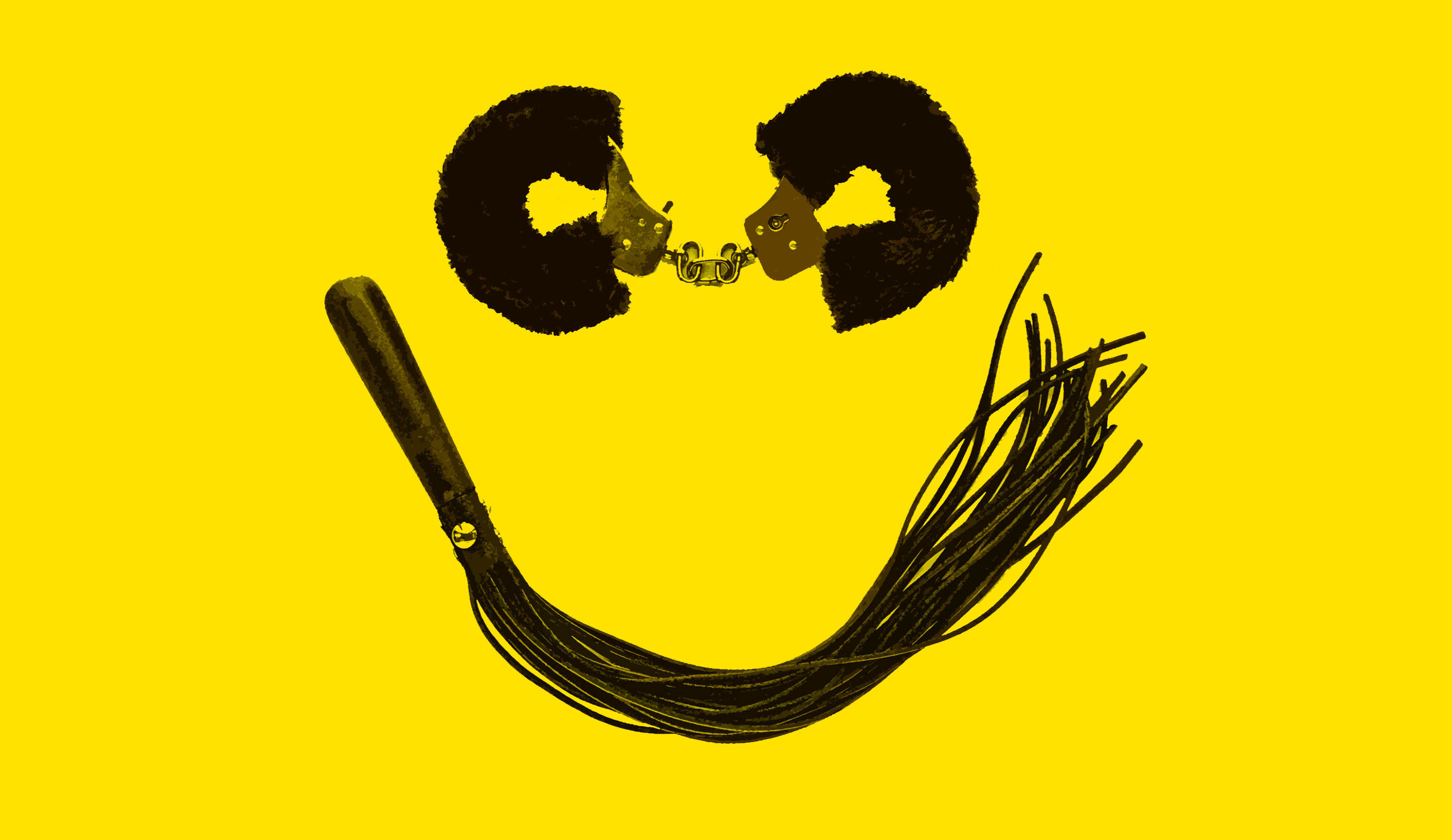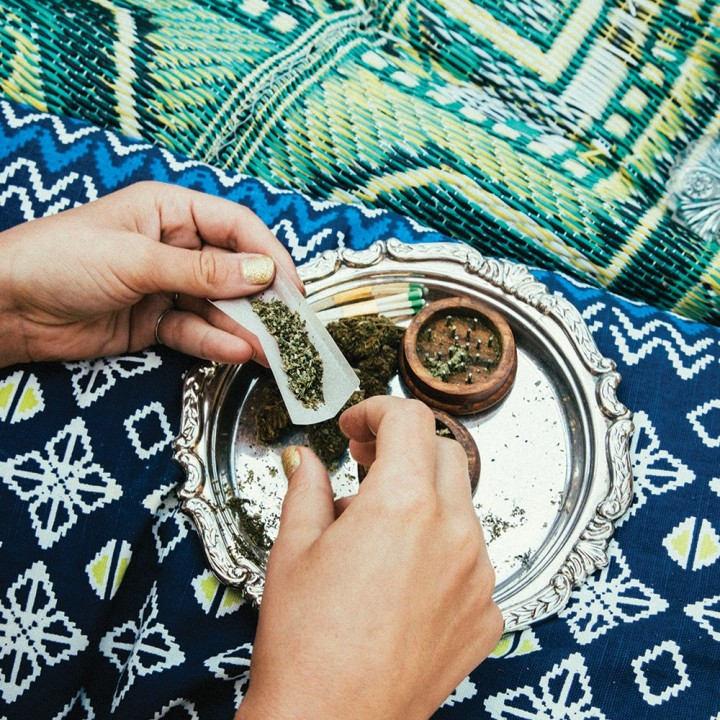
BDSM Isn't Just Good for Your Libido, But Your Mental Health Too
The stigmatization of kink is as old as the practice itself. The kinky population has undergone a rocky journey to have their sexual practices and identities depathologized and divorced from associations with “perversion” or dysfunction. In the past, BDSM-related identities or predilections have been used against kinky folks in divorce court, criminal proceedings, employment situations and child custody trials.
Kink-aware psychotherapist Asha Gray, LPC, who has worked extensively with kinky couples and individuals—as well as trauma survivors, ethnically non-monogamous partners and members of the LGBT population—says that one of the primary misconceptions about kink is that it’s inextricably tied to trauma. She tells Playboy, “Many people falsely assume that if someone is kinky, something has happened to them—that they’ve been abused in some way.” Assumption are often replicated by popular media depictions of kink that trace its roots to an individual’s troubled past. For instance, Maggie Gyllenhaal's character in Secretary (2002) reforms her long-term practice of self-harm and persistent suicidal ideation by a single command and subsequent entry into a dominant/submissive relationship; In Fifty Shades of Grey (2015), Christian Grey develops his sexual interests after long-term sexual abuse by an older woman. The shame many feel in regard to BDSM may come from mental health professionals themselves. A 2008 survey, conducted by the National Coalition for Sexual Freedom, showed that nearly 40 percent of respondents had experienced prejudice or shaming from a mental health professional about their sexual practices. “I think there are some other therapists—who don’t interact with the kink community, and just don’t understand it—who consider it a problem, or even refuse to treat people who are actively practicing kink,” Gray says. “People sometimes still assume it’s a problem you want to get fixed.” Instead, most kinky individuals who seek therapy do so for the same reasons others do: depression, anxiety, stress, and relationship and family issues, for example. According to Gray (and the newest version of the DSM), as long as kink doesn't lead to significant distress or interfere with everyday life, it’s likely unrelated to any mental health issues.
Kink is not therapy or a replacement for therapy, but some trauma survivors have found their own empowerment via kink.
Kink requires a wide variety of skills—and not just how to wield a flogger. Though popular depictions might paint it as all fun and games (or, rather, whips and chains), the ethical practice of kink requires forethought and self-awareness. “How do you negotiate agreements with people? How do you communicate your needs, wants, and worries to your partner?” Gray asks. “These are questions you have to ask yourself if you want to participate in kink.” Start slow and find local classes or munches (meetups, usually in restaurant settings) before venturing into the deep end. Get your hands on resources like Tristan Taormino’s The Ultimate Guide to Kink and get to know others well before jumping into intense relationships. Particularly for trauma survivors practicing kink (whether as bottoms, tops, or both), it’s important to know baggage and triggers and to communicate those to the chosen partner effectively.
Simply put: It’s time to extricate kink from its historical burdens of shame because, like any other sexual interest or relationship style, BDSM can be healthy or unhealthy, toxic or healing—it all depends on who’s doing it and how.






